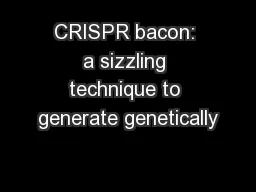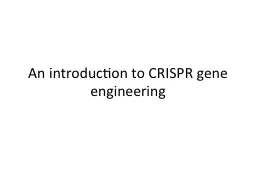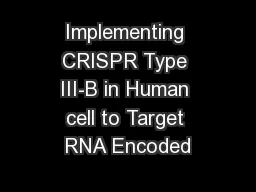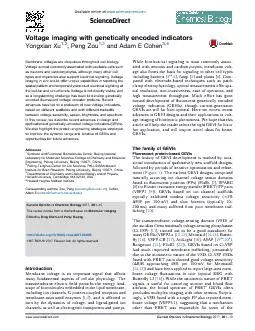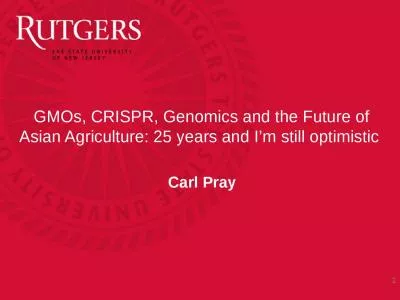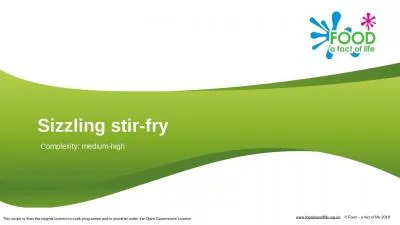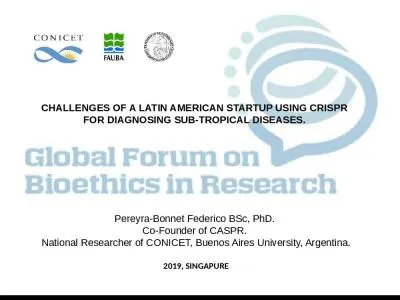PPT-CRISPR bacon: a sizzling technique to generate genetically
Author : yoshiko-marsland | Published Date : 2015-10-19
DeMayo FJ Spencer TE Jennifer Thornton April 1 2015 Happy April Fools Day I wont actually cover this paper but its real and you should check it out at http wwwncbinlmnihgovpubmed25100711
Presentation Embed Code
Download Presentation
Download Presentation The PPT/PDF document "CRISPR bacon: a sizzling technique to ge..." is the property of its rightful owner. Permission is granted to download and print the materials on this website for personal, non-commercial use only, and to display it on your personal computer provided you do not modify the materials and that you retain all copyright notices contained in the materials. By downloading content from our website, you accept the terms of this agreement.
CRISPR bacon: a sizzling technique to generate genetically: Transcript
Download Rules Of Document
"CRISPR bacon: a sizzling technique to generate genetically"The content belongs to its owner. You may download and print it for personal use, without modification, and keep all copyright notices. By downloading, you agree to these terms.
Related Documents

